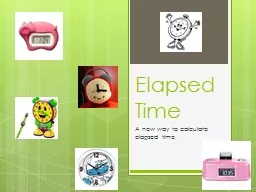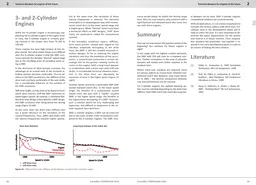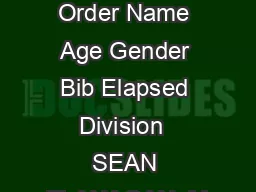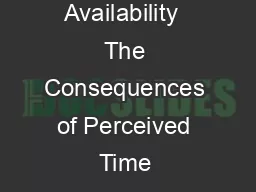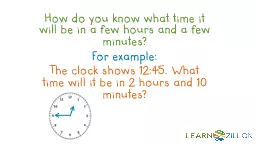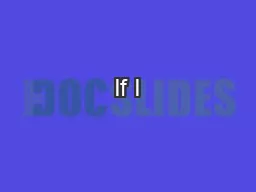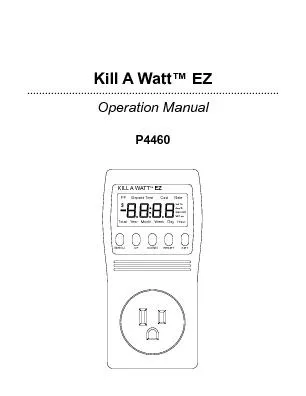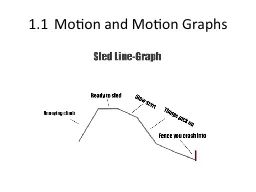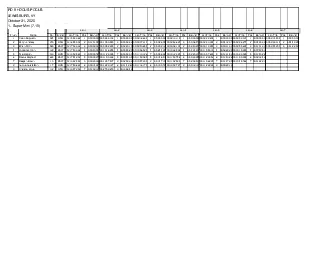PPT-Elapsed Time
Author : karlyn-bohler | Published Date : 2016-04-02
A new way to calculate elapsed time Pennsylvania State Math Standard PA Math Standard 233C Anchor M3B11 How do you figure out how much time has passed or how much
Presentation Embed Code
Download Presentation
Download Presentation The PPT/PDF document "Elapsed Time" is the property of its rightful owner. Permission is granted to download and print the materials on this website for personal, non-commercial use only, and to display it on your personal computer provided you do not modify the materials and that you retain all copyright notices contained in the materials. By downloading content from our website, you accept the terms of this agreement.
Elapsed Time: Transcript
Download Rules Of Document
"Elapsed Time"The content belongs to its owner. You may download and print it for personal use, without modification, and keep all copyright notices. By downloading, you agree to these terms.
Related Documents

